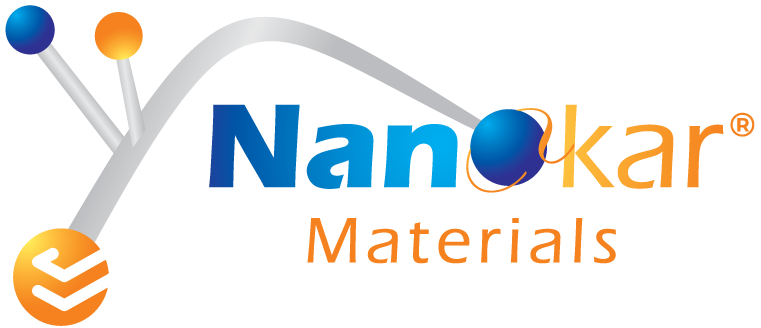What is Copper Indium (Cu-In) Alloy Nanopowder/Nanoparticles?
Copper Indium (Cu-In) alloy nanopowder/nanoparticles are nanoscale materials composed of copper (Cu) and indium (In) with precisely controlled compositions. These nanoparticles are widely recognized for their excellent electrical conductivity, optical properties, and catalytic efficiency, making them valuable in electronics, solar energy, and advanced technology applications.
Chemical Properties and CAS Number
-
Material Name: Copper Indium Alloy Nanopowder/Nanoparticles
-
Composition: Copper (Cu), Indium (In)
-
CAS Numbers:
-
Copper (Cu): 7440-50-8
-
Indium (In): 7440-74-6
-
-
Appearance: Grey to black nanopowder
-
Particle Size: Typically 20-200 nm
-
Purity: ≥99.9%
-
Density: Approximately 7.3–8.3 g/cm³ (composition-dependent)
-
Melting Point: Variable depending on Cu-In ratio (Cu: 1085°C, In: 156.6°C)
-
Electrical Conductivity: High conductivity, composition-dependent
-
Morphology: Spherical or irregular nanoparticles
Applications of Copper Indium (Cu-In) Alloy Nanopowder
-
Solar Cells & Photovoltaics (CIGS Solar Cells):
-
Key component in Copper Indium Gallium Selenide (CIGS) thin-film solar cells for efficient energy conversion.
-
-
Thin-Film Electronics:
-
Used in fabrication of transparent conductive coatings, flexible electronics, OLEDs, and electronic displays.
-
-
Catalysis & Chemical Reactions:
-
Acts as catalysts in chemical reactions, hydrogen generation, and organic synthesis processes.
-
-
Semiconductor Devices:
-
Employed in semiconductors, sensors, photodetectors, and integrated circuits (ICs).
-
-
Battery and Energy Storage Applications:
-
Utilized in electrode materials for lithium-ion batteries and supercapacitors to enhance electrical and thermal performance.
-
Pricing of Copper Indium Alloy Nanopowder/Nanoparticles
Pricing varies based on purity, particle size, quantity, and alloy ratio:
-
Research/Lab-Scale Quantities: $100–$500 per gram
-
Industrial/Bulk Quantities: $500–$2,000 per kilogram
-
Customized Formulations: Price varies significantly with alloy ratio and specifications
Factors Influencing Pricing
-
Particle size and uniformity
-
Copper-Indium alloy composition ratio
-
Purity (typically >99.9%)
-
Quantity ordered (bulk vs. small-scale)
-
Packaging, handling, and shipping considerations
-
Market prices for Copper and Indium metals
